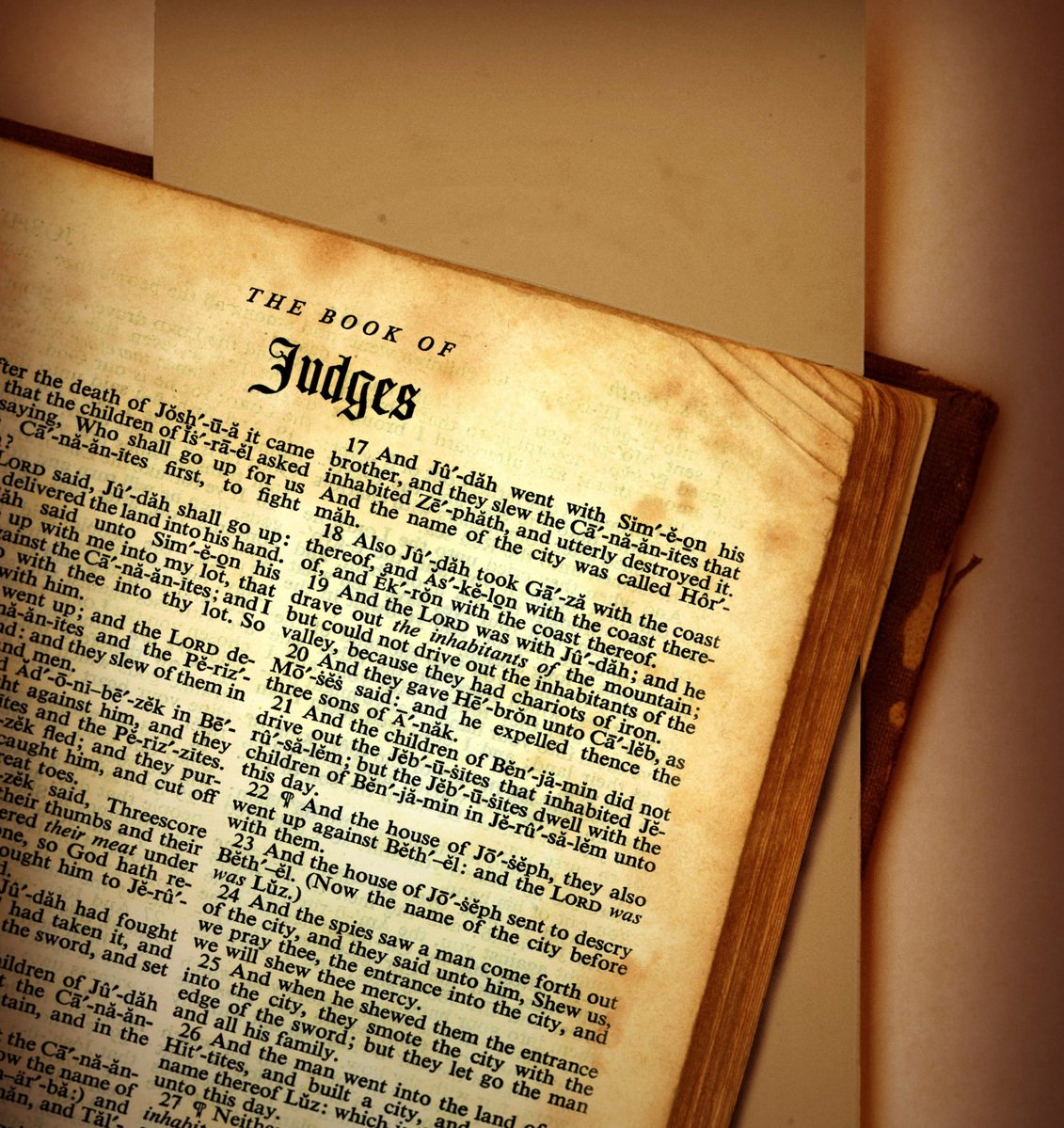

"What we like about the US patent system is that no diplomatic immunity exists there, which means that officials cannot just do as they please without consequences."Recently, a case against revocation of patents was lost at the highest level. Oil States determined (or Justices decided) that it's perfectly OK for the USPTO to take patent away (after granting them). The patent microcosm was up in arms and rants on the subject have since then gradually subsided. They just have to learn to live with it.
Joseph Robinson and Robert Schaffer are almost two weeks late in covering this Patent Trial and Appeal Board (PTAB) case which saw an inter partes review (IPR) burden of proof passed to the patent holder. To quote Watchtroll (yesterday's post):
Sirona Dental Systems GmbH appealed the final written decision of the Patent Trial and Appeal Board (“Board”) holding claims 1-8 of U.S. Patent No. 6,319,006 were unpatentable as obvious over the combination of German Patent No. 195 10 294 (“Bannuscher”) and U.S. Patent No. 5,842,858 (“Truppe”), and denying Sirona’s contingent motion to amend the claims. Institut Straumann AG and Dental Wings Inc. (collectively, “Petitioners”) cross-appealed the Board’s decision holding patentable claims 9-10 of the ‘006 patent. The Federal Circuit, in an opinion authored by Judge Moore and joined by Chief Judge Prost and Judge Stoll, affirmed-in-part, vacated-in-part, and remanded-in-part. Sirona Dental Sys. GMBH v. Institut Straumann AG, Nos. 2017-1341, 2017-1403, 2018 (Fed. Cir. June 19, 2018).
"In our view, the burden of proof should always be 100% on the claimant. No patents should be presumed valid, especially in an atmosphere of trigger-happy patent trolls and grant-leaning examiners."Patent maximalists do not agree with us because they're paid to think differently. To them, making it harder to pursue patents and to sue is an impediment to their 'free market' of recklessness (sending threatening letters, fooling examiners and so on). Case of point? Charles Bieneman.
Lacking any recent outcome in favour of software patents at the Federal Circuit, Charles Bieneman now cherry-picks a district court case, looking at a case almost 3 weeks old! (June 12th, 2018)
It's about 35 USC ۤ 101 (Alice/Mayo) and Bieneman wrote:
Patent claims directed to providing output in tactile patterns on a mobile device to provide an encoded message have survived a 35 USC €§ 101 patent-eligibility challenges under the Alice/Mayo test. In Ironworks Patents LLC v. Apple, Inc., No. 17-1399-RGA (D. Del. June 12, 2018), the court denied the defendant’s motion to dismiss for failure to state a claim under FRCP 12(b)(6).
"The courts are belatedly correcting decades of errors, which yielded millions of low-quality patents and tens of thousands of lawsuits."Charles Bieneman then wrote about prior art (mostly Section 102 (35 USC ۤ 102), the subject of an upcoming SCOTUS case). He said this:
Where distinct physical concepts recited in a patent claim and applied prior art are related and can achieve same results, do not count on being able to distinguish teachings of the prior art. In Mobileye Vision Technologies Ltd. v. iOn Road, Ltd., No. 2017-1984 (Fed. Cir. June 12, 2018) (non-precedential), a patent claim recited determining “a likelihood of collision responsive to whether or not the lateral displacement substantially uniformly approaches zero.” The Federal Circuit held this claim obvious, under 35 U.S.C. €§ 103, over prior art showing use of a constant lateral velocity, rather than lateral displacement, to determine a point of intersection. Accordingly, the court agreed with both the patent examiner in inter partes review, and the Patent Trial and Appeal Board (PTAB), that claim 6 of US Patent No. 7,113,867 would have been obvious over a combination of references including US Patent No. 4,257,703. Where distinct physical concepts recited in a patent claim and applied prior art are related and can achieve same results, do not count on being able to distinguish teachings of the prior art. In Mobileye Vision Technologies Ltd. v. iOn Road, Ltd., No. 2017-1984 (Fed. Cir. June 12, 2018) (non-precedential), a patent claim recited determining “a likelihood of collision responsive to whether or not the lateral displacement substantially uniformly approaches zero.” The Federal Circuit held this claim obvious, under 35 U.S.C. €§ 103, over prior art showing use of a constant lateral velocity, rather than lateral displacement, to determine a point of intersection. Accordingly, the court agreed with both the patent examiner in inter partes review, and the Patent Trial and Appeal Board (PTAB), that claim 6 of US Patent No. 7,113,867 would have been obvious over a combination of references including US Patent No. 4,257,703.